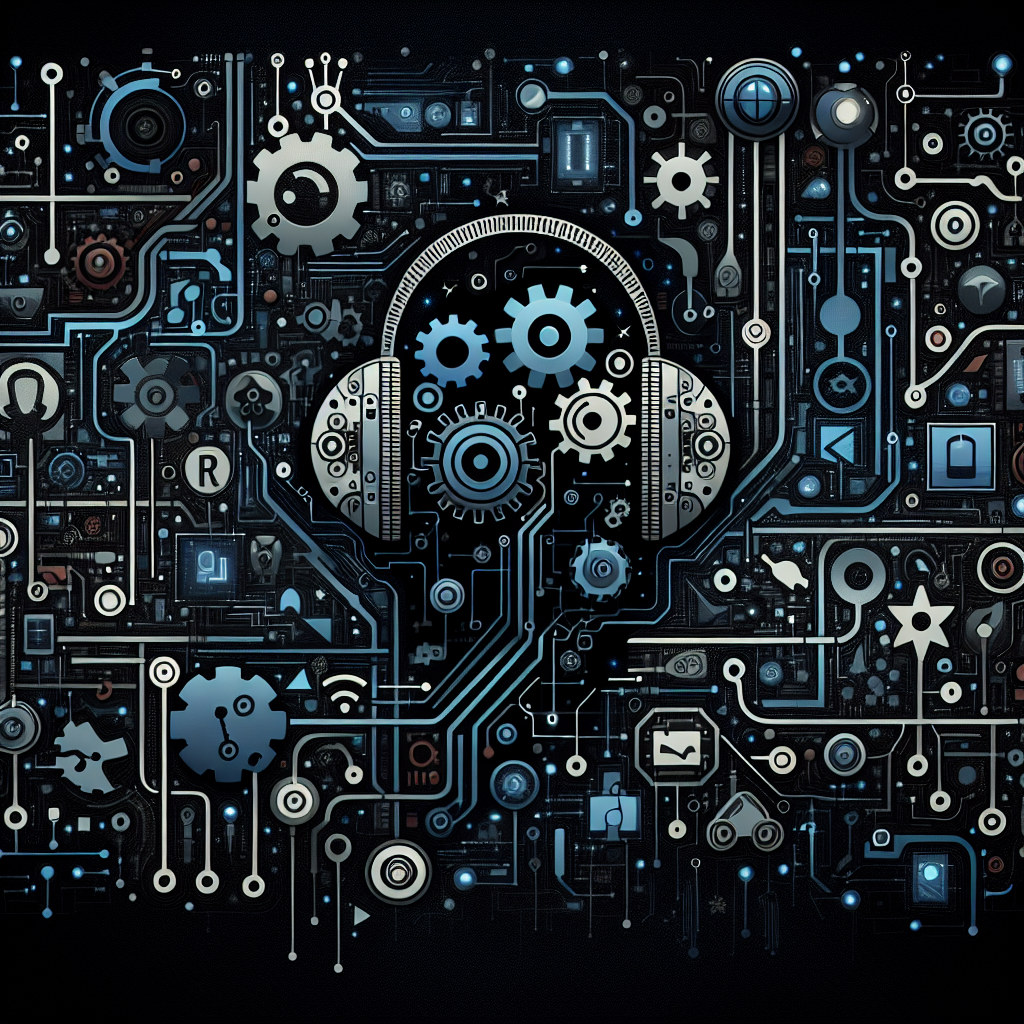Artificial intelligence (AI) has revolutionized the way we interact with technology, and virtual assistants are no exception. These AI-powered assistants have become a ubiquitous presence in our daily lives, helping us with tasks ranging from answering questions to setting reminders and even controlling smart home devices. However, integrating AI into virtual assistants comes with its own set of challenges that need to be addressed in order to ensure a seamless user experience.
One of the main challenges of integrating AI into virtual assistants is ensuring that the technology is able to understand and respond to natural language queries in a way that is both accurate and contextually relevant. This requires a deep understanding of the nuances of human language, including slang, colloquialisms, and regional dialects. Additionally, virtual assistants must be able to infer meaning from incomplete or ambiguous queries, as well as adapt their responses based on the context of the conversation.
Another challenge is ensuring that virtual assistants are able to learn and adapt to user preferences and behaviors over time. This requires the development of sophisticated machine learning algorithms that can analyze user interactions and data to personalize the assistant’s responses and recommendations. Additionally, virtual assistants must be able to handle complex tasks that require multiple steps or involve multiple systems, such as booking a flight or ordering food.
Privacy and security are also major concerns when it comes to integrating AI into virtual assistants. Users must trust that their personal information is being handled securely and that their interactions with the assistant are kept confidential. This requires robust data protection measures, as well as transparency about how user data is being used and shared. Additionally, virtual assistants must be designed to prevent malicious actors from exploiting vulnerabilities to gain unauthorized access to sensitive information.
Another challenge is ensuring that virtual assistants are able to provide accurate and reliable information. This requires a robust knowledge base that is constantly updated and verified to ensure that the assistant is able to provide up-to-date and trustworthy information. Additionally, virtual assistants must be able to recognize when they do not have enough information to provide a helpful response and know when to defer to a human operator.
Despite these challenges, the integration of AI into virtual assistants holds great promise for improving the efficiency and convenience of our daily lives. By addressing these challenges head-on and continuing to innovate in the field of AI, virtual assistants have the potential to become even more indispensable tools for users in the future.
FAQs:
Q: How does AI-powered virtual assistants work?
A: AI-powered virtual assistants work by using natural language processing and machine learning algorithms to understand and respond to user queries. The assistant analyzes the user’s input, searches its knowledge base for relevant information, and generates a response that is tailored to the user’s needs.
Q: How are virtual assistants able to learn and adapt to user preferences?
A: Virtual assistants are able to learn and adapt to user preferences through the use of machine learning algorithms that analyze user interactions and data. By capturing user feedback and behavior, the assistant can personalize its responses and recommendations to better meet the user’s needs.
Q: How do virtual assistants protect user privacy and security?
A: Virtual assistants protect user privacy and security by implementing robust data protection measures, such as encryption and access controls. Additionally, assistants are designed to be transparent about how user data is being used and shared, and to prevent unauthorized access to sensitive information.
Q: What are some of the limitations of AI-powered virtual assistants?
A: Some limitations of AI-powered virtual assistants include their reliance on accurate and up-to-date information, as well as their inability to fully understand complex or ambiguous queries. Additionally, virtual assistants may struggle with certain types of tasks that require human intuition or empathy.
Q: How can virtual assistants be improved in the future?
A: Virtual assistants can be improved in the future by continuing to innovate in the field of AI, developing more sophisticated natural language processing algorithms, and expanding their knowledge bases to cover a wider range of topics. Additionally, virtual assistants can be made more user-friendly by improving their ability to understand and respond to user queries in a more intuitive and contextually relevant manner.

